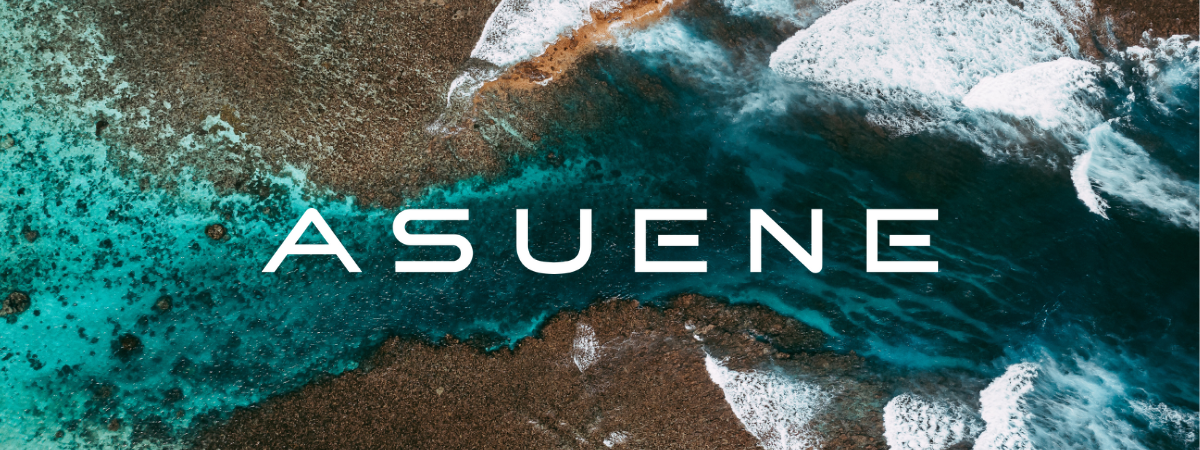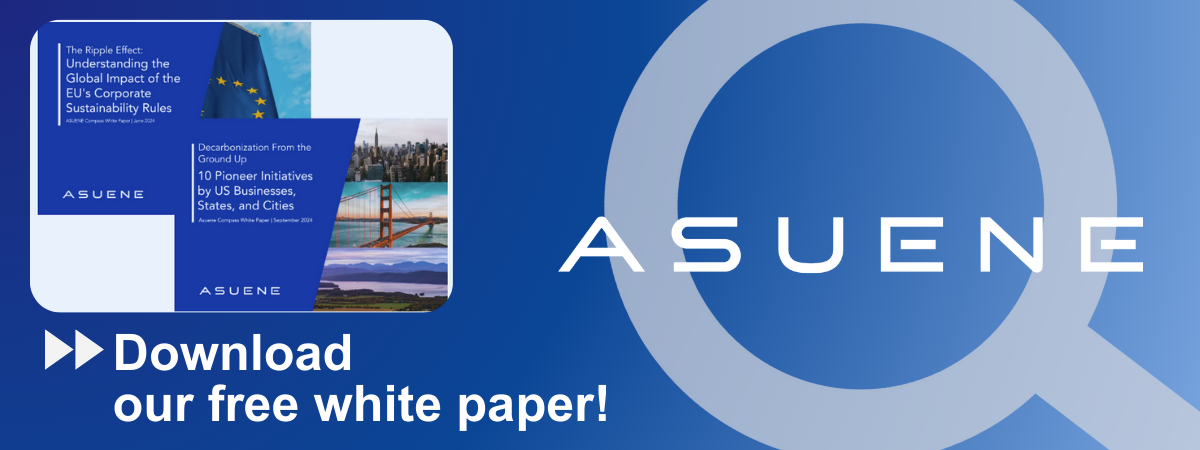- Article Summary
-
What Is Category 12?
Scope 3 Category 12 refers to greenhouse gas (GHG) emissions that result from the waste disposal and treatment of products sold by the reporting company at the end of their useful life. These emissions are part of the downstream value chain and are distinct from operational emissions (Scope 1 and 2) or upstream emissions (e.g., production or transport).
The types of emissions included in Category 12 depend on how the product is disposed of: landfilling, incineration, composting, recycling, or other waste treatments. This category is relevant to nearly all industries that produce physical goods and is particularly significant for packaging-heavy sectors, electronics, appliances, and fast-moving consumer goods (FMCG).
Why Category 12 Matters
The end-of-life stage contributes to a company’s overall environmental footprint and can reveal hidden sustainability risks. Companies should address this category to:
- Improve product lifecycle assessments (LCA)
- Meet compliance with extended producer responsibility (EPR) regulations
- Design for recyclability or reusability
- Enhance brand reputation with circular economy initiatives

How to Calculate Category 12 Emissions
Emissions from end-of-life treatment can be calculated using the following formula:
Emissions = Σ (Amount of waste by type × Treatment method × Emission factor)
Typical steps include:
- Identifying the average material composition of the product
- Estimating the mass of products sold
- Determining the end-of-life fate (e.g., % landfilled, incinerated, recycled)
- Applying relevant emission factors from sources like EPA WARM or GHG Protocol
Regulatory Landscape (as of 2025)
Governments are increasing regulatory pressure to hold companies accountable for post-consumer waste:
- EU Packaging and Packaging Waste Regulation (PPWR) mandates recyclability and recovery targets by product type.
- California SB 54 (Plastic Pollution Producer Responsibility Act) requires packaging producers to finance end-of-life treatment.
- Japan’s Home Appliance Recycling Law sets mandatory recovery and recycling obligations for manufacturers.
- OECD Guidance on EPR policies influences member-state legislation globally.
These developments elevate the importance of robust Category 12 accounting.

Case Studies: Real-World Examples
Unilever: Innovating Recyclable Packaging Solutions
Unilever has committed to making all of its plastic packaging reusable, recyclable, or compostable by 2025. Through innovations such as refill stations and material redesigns, the company reduces waste and its associated emissions during disposal.
Dell Technologies: Closing the Loop on E-Waste
Dell uses post-consumer recycled plastics and runs global take-back programs to ensure responsible end-of-life treatment of its products. The firm tracks emissions savings from increased recyclability and lower landfill use.
Nestlé: Lifecycle Assessment for FMCG Packaging
Nestlé conducts LCAs on packaging formats to determine end-of-life emissions under various disposal scenarios. These insights inform product design changes and investment in local waste management infrastructure.
Conclusion
Scope 3 Category 12 is a critical component of a comprehensive emissions inventory. As circular economy policies gain momentum, companies must understand and reduce the emissions associated with the end-of-life treatment of their products.
By embracing product stewardship and incorporating end-of-life emissions into sustainability planning, businesses can drive innovation, regulatory compliance, and long-term brand value.
Why Work with ASUENE Inc.?
Asuene is a key player in carbon accounting, offering a comprehensive platform that measures, reduces, and reports emissions, including Scope 1-3, with expertise in decarbonization. Asuene serves over 10,000 clients worldwide, providing an all-in-one solution that integrates GHG accounting, ESG supply chain management, a Carbon Credit exchange platform, and third-party verification.
ASUENE supports companies in achieving net-zero goals through advanced technology, consulting services, and an extensive network.


